There’s nothing like getting into the mountains in winter. The tranquility of the great outdoors, the beauty of the scenery, the feeling of the fresh air in your lungs. You can’t beat it. Avalanches might not be the first thing on your mind whilst you’re out enjoying a snowshoe tour in the mountains, but avalanche safety is an important part of travelling in this terrain. Even if you never leave the trails while snowshoeing, it’s good to be able to spot avalanche terrain overhead and recognize potential danger.
Avalanche Safety Basics For Snowshoers
The best way to be prepared while snowshoeing is to take an avalanche safety course, but here are some basics to keep an eye out for when you’re in the backcountry:
Cornices
These are ledges or shelves of snow that form when wind deposits snow on the downwind (or lee) side of ridges. Cornices can become very large and are potentially dangerous whether they’re above you or below your feet. Standing on a cornice is very dangerous and it can be hard to tell from looking at the snow under your snowshoes. As part of avalanche safety, care should be taken to stay back from the lee sides of ridges while snowshoeing.
Convex Rolls
Convex parts of the slope can be trigger points for avalanches. These ‘rollover’ sections of slopes can also be dangerous whether you’re above or below them. While snowshoeing, choosing paths that avoid these convex rolls is the safest option.
Terrain Traps
A terrain trap is any feature that can worsen the consequences of an avalanche. They might include creeks, ditches, or gullies, cliffs, as well as flat areas under steep slopes and trees or rocks in their slide path. Being aware of terrain traps around you while you’re snowshoeing can help you to avoid dangerous avalanche terrain and remain safe.
Avalanche Paths
If you can see avalanche paths, it’s a sign that you’re in avalanche terrain, so take safety precautions while snowshoeing. In treed areas, avalanche paths are swathes of the forest with no trees, or where the trees are broken. In alpine terrain, avalanche paths are identified by the slope shape and steepness.
Weather
Certain types of weather can also make avalanches more likely. If there has been 30cm (11.8 inches) or more of snow over the past 48 hours, or if the snow has been falling at 2cm (0.8 inches) per hour for several hours, the avalanche danger will be increased. Wind can also make conditions more dangerous by pressing snow into hard slabs on the downwind side of ridges and high features.
Avalanche danger also increases when warming happens; strong sunshine, warm temperatures, and rain all destabilize the snowpack and can make avalanches more likely. Sometimes, those gloriously sunny days are the perfect time to explore the valley bottoms and more mellow slopes.
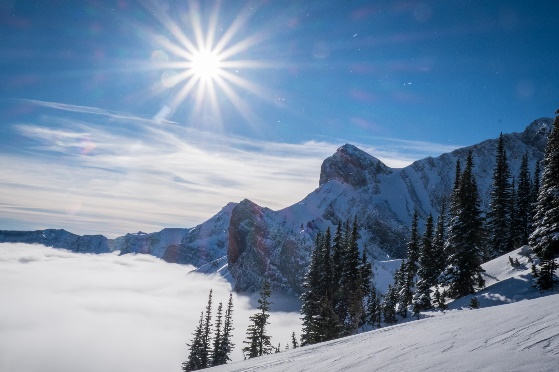
Strong sunshine and warm temperatures can increase avalanche danger. Photo: Avalanche Canada South Rockies
Signs Of An Unstable Snowpack
Seeing shooting cracks from under your snowshoes, or hearing a “whumpf” are signs that the snowpack is unstable. A “whumpf” sounds exactly the way the word does and is the sound created by a layer collapsing in the snow. It can signal the beginning of an avalanche on steeper slopes.
While out snowshoeing, be alert for signs of fresh avalanches, as these are another sign that the snowpack is unstable. If you can see avalanche debris but can’t be sure when it happened, it’s best to assume they’re fresh and plan for high avalanche danger.
Where You Can Learn More About Snowshoeing Avalanche Safety
There’s a lot to learn about avalanches and avalanche terrain. If you feel that you would like to explore more, you can find out about avalanche education through your local avalanche centre or at avalanche.ca, where you can explore our online tutorial or find an Avalanche Canada Training Course.
Taking an avalanche safety training course is always recommended for winter sports, including snowshoeing. Not only will you learn the skills you need to stay safe, but many providers offer snowshoe specific courses, so there’s a good chance you’ll get to know some like-minded people and have fun too! You can find more information about US avalanche centres at avalanche.org
Read More:
Avalanche Avoidance Tips & FAQ
Top 5 Safety Tips For Snowshoeing

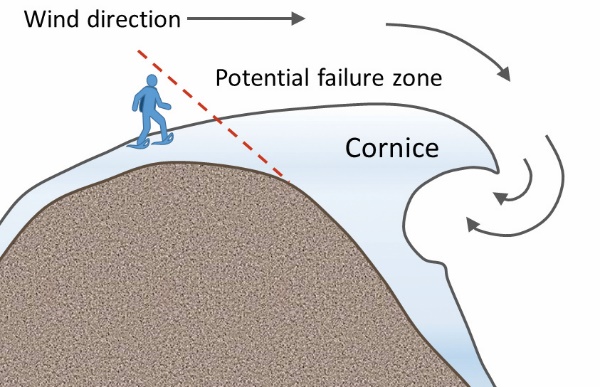
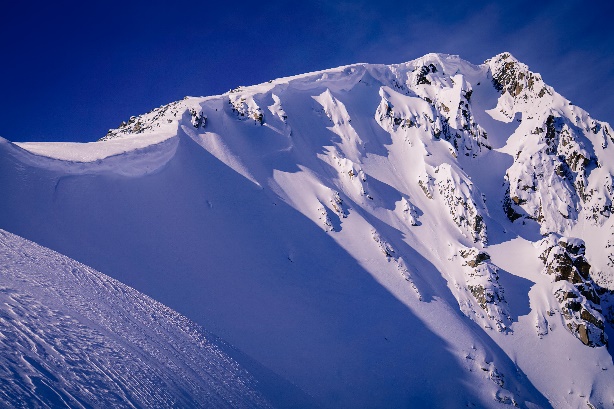
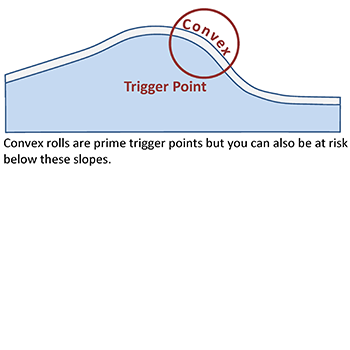
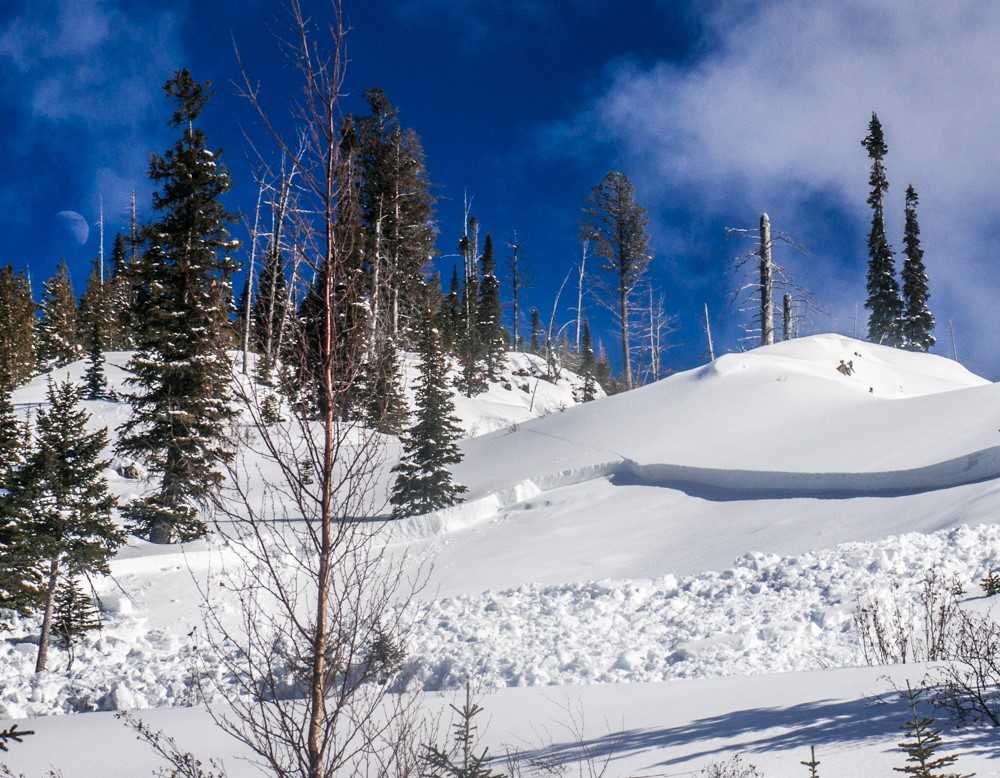
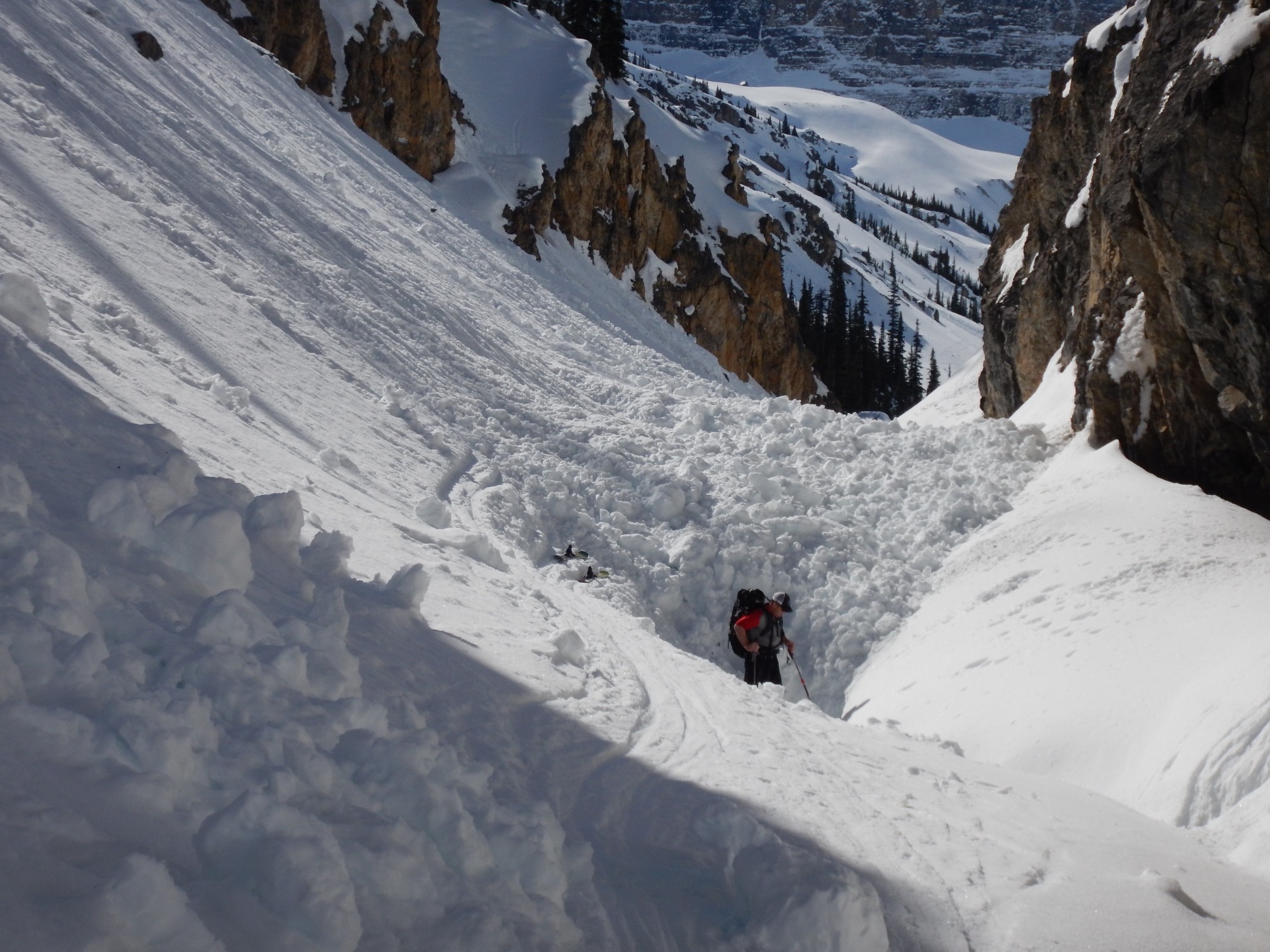
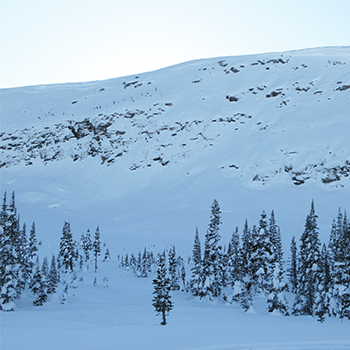
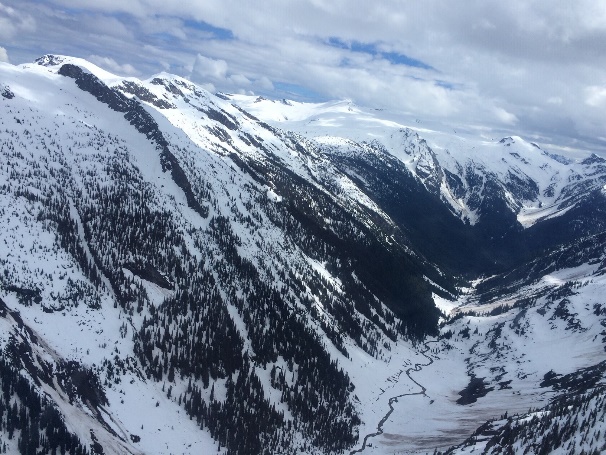
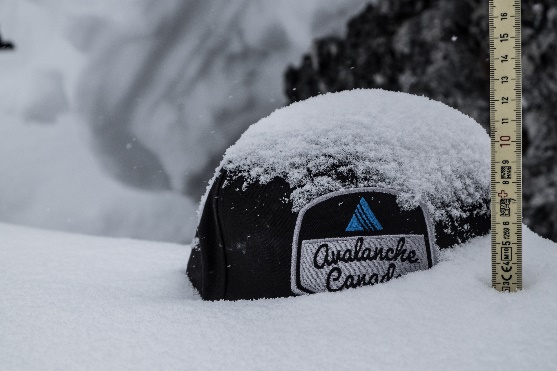
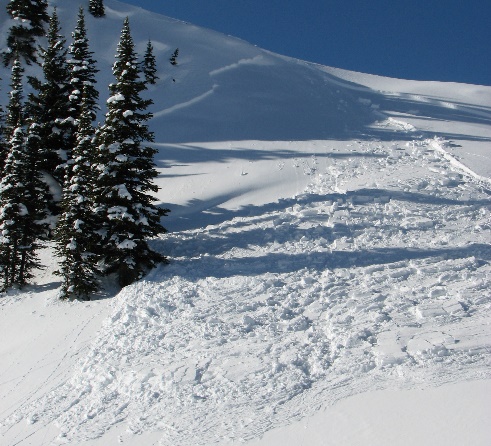
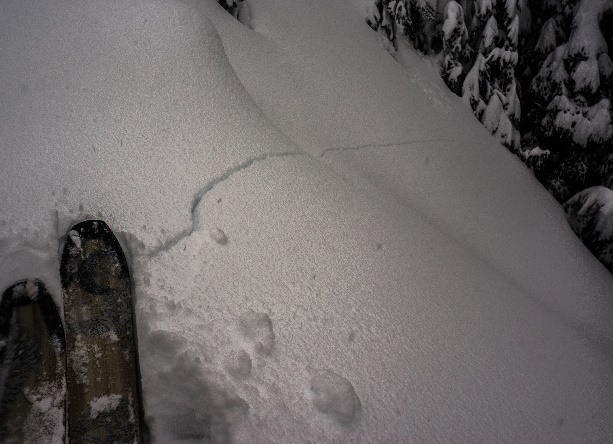
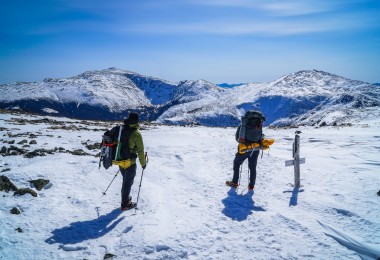
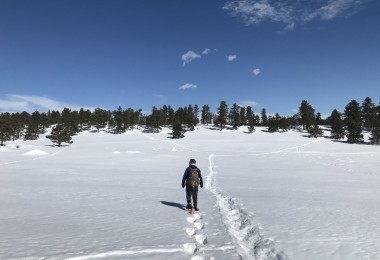
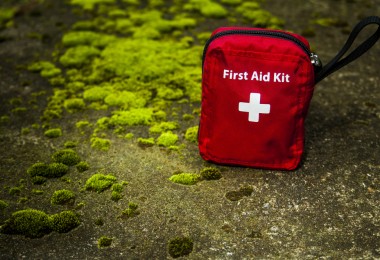
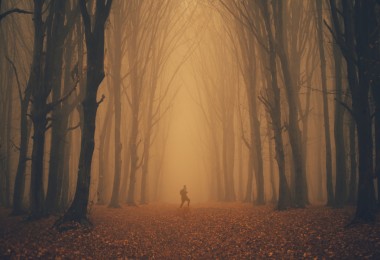

Leave a Comment